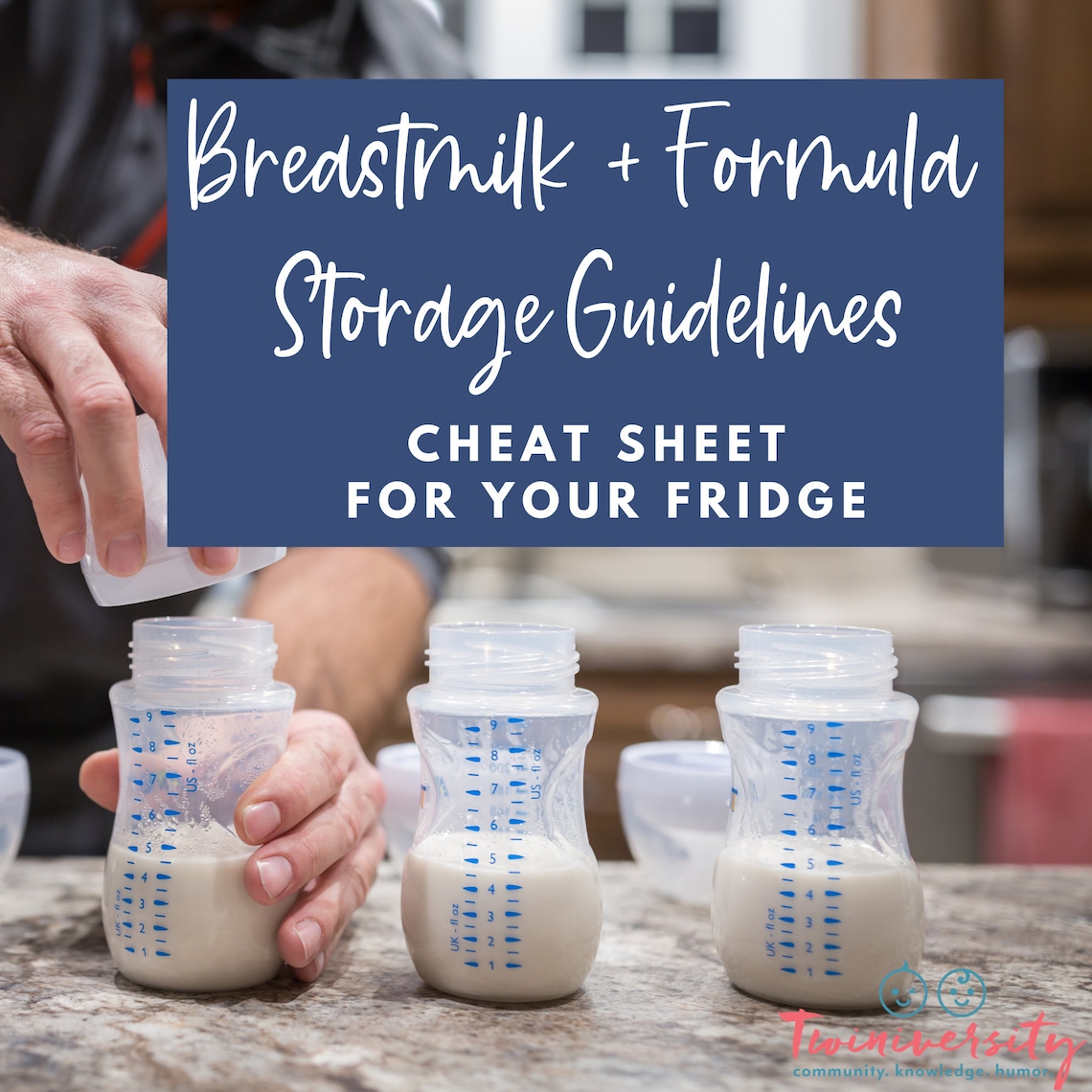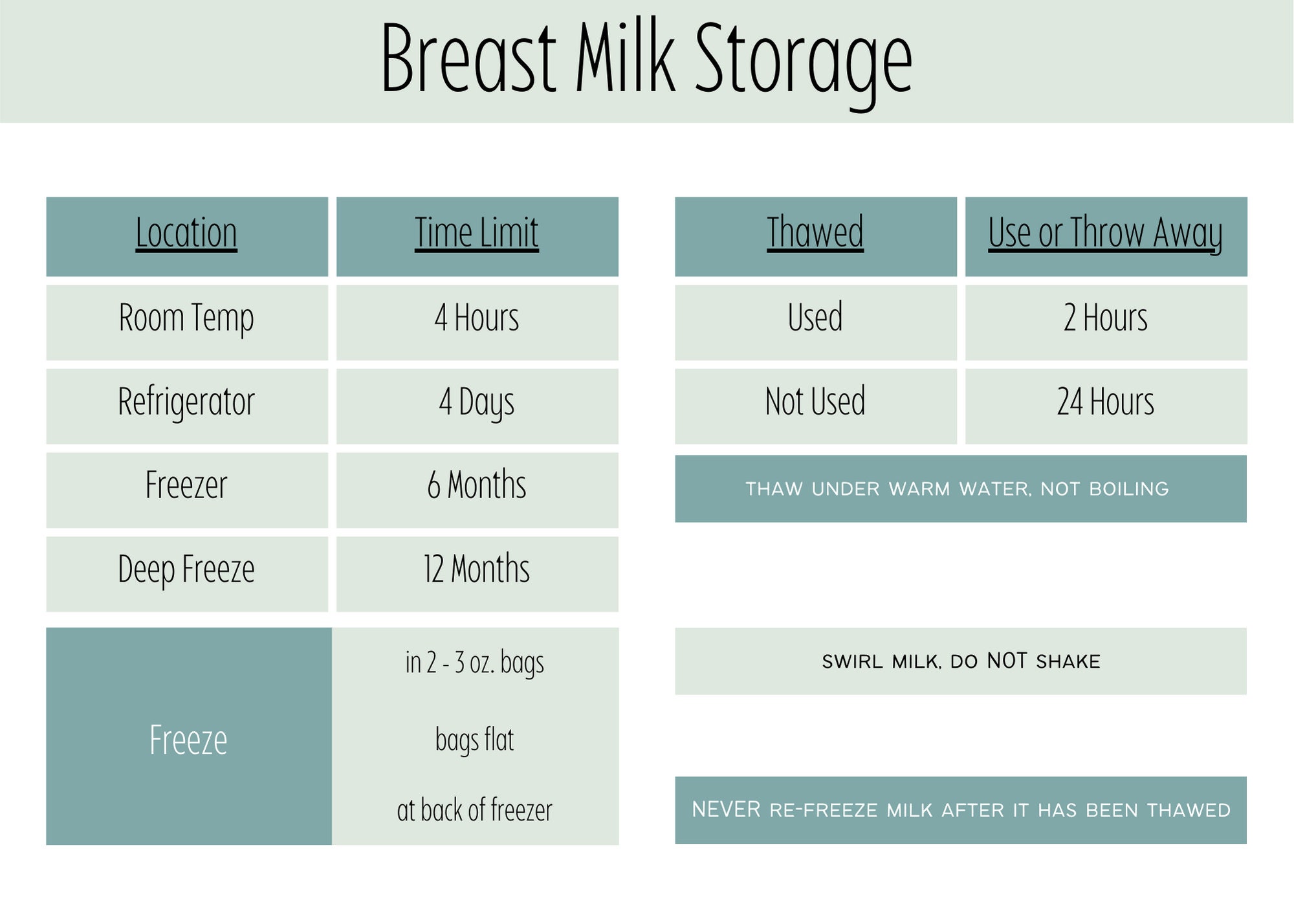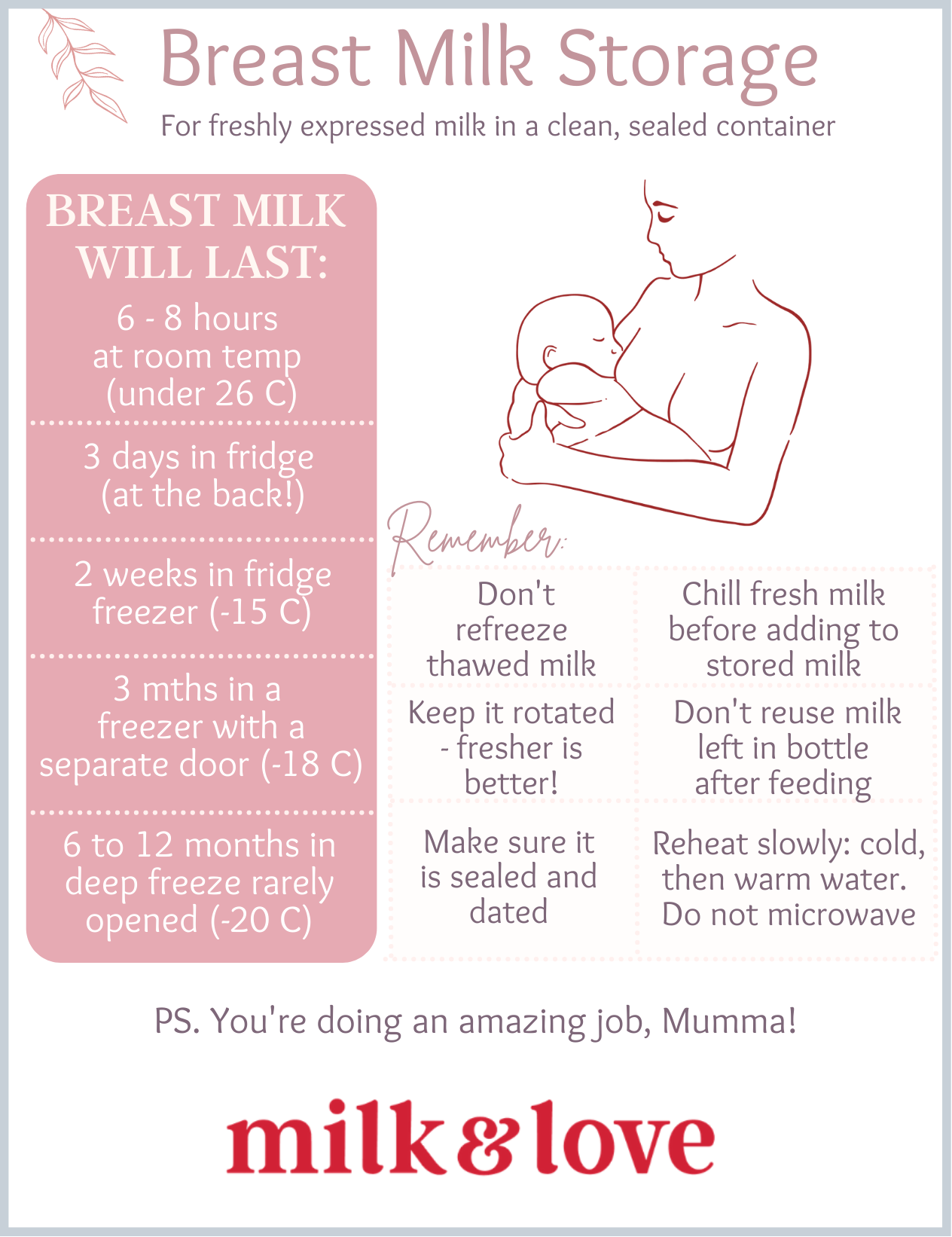Breast Milk Storage: How to Store Breast Milk Safely Freezing

Are you a breastfeeding mother wondering how to store breast milk safely? Freezing breast milk can be a convenient way to ensure your baby has a supply of milk even when you’re not around. However, it’s important to follow proper guidelines to maintain the quality and safety of the milk.
Firstly, it’s crucial to ensure that the containers you use for storing breast milk are clean and sterilized. This helps prevent the growth of bacteria and maintains the milk’s freshness. You can use BPA-free plastic bottles, glass containers, or breast milk storage bags specifically designed for this purpose.
When transferring breast milk into storage containers, remember to leave some space at the top to allow for expansion during freezing. It’s also a good idea to label each container with the date and time of expression. This helps you keep track of the freshness and ensures you use the oldest milk first.
To freeze breast milk, place the containers in the coldest part of your freezer, such as the back or bottom shelf. Avoid storing the milk in the freezer door, as it is subject to temperature fluctuations. Ideally, breast milk should be frozen within 24 hours of expression to preserve its nutritional value.
When thawing frozen breast milk, it’s best to do so gradually in the refrigerator. Avoid using hot water or a microwave to thaw the milk, as it can destroy some of the essential nutrients. Once thawed, gently swirl the container to mix any separated milk layers, but do not shake vigorously.
Pin on Breast Milk Storage

Proper breast milk storage plays a crucial role in ensuring your baby receives the best nutrition. By following these guidelines, you can safely freeze and thaw breast milk while preserving its quality and nutrients.
Keep in mind that breast milk can be stored in the refrigerator for up to 4 days, while frozen breast milk can be safely stored for up to 6 months. However, it’s important to check the milk’s smell and appearance before feeding it to your baby. If the milk has a sour or off-putting smell, it’s best to discard it.
Remember, breast milk is like liquid gold, filled with antibodies, enzymes, and other essential nutrients that support your baby’s growth and development. By following these storage guidelines, you can ensure that your baby gets the maximum benefit from your breast milk even when you’re not available.
Breastmilk and Formula Storage Guidelines PRINTABLE for - Etsy

Interested in having a handy printable guide for breastmilk and formula storage guidelines? Etsy offers a printable resource that you can keep on hand for easy reference. This guide provides valuable information on how long breast milk and formula can be stored, along with helpful tips for maintaining their quality.
Having a printable guide allows you to easily refer back to it whenever you need, whether it’s during late-night feedings or when you’re on the go. You can print out multiple copies and keep them in different rooms or even share them with other new moms who might find them helpful.
Diary of a Fit Mommy: Clever Ways to Store Breastmilk + Breastmilk

Storing breast milk doesn’t have to be a hassle. Diary of a Fit Mommy shares some clever ways to store breast milk that can make your life a little easier. From using ice cube trays to create single-serving portions to using breast milk storage bags with pour spouts, these storage hacks can streamline your breastfeeding journey.
For moms on the go, investing in a portable cooler bag with ice packs can be a game-changer. This allows you to safely transport expressed breast milk while maintaining its temperature for longer periods. You can also consider purchasing a mini-fridge for your bedroom or nursery to store breast milk conveniently.
Breastmilk Storage Guidelines - Well Rested Wee Ones

Well Rested Wee Ones provides comprehensive breast milk storage guidelines to ensure the safety and freshness of your breast milk. They recommend storing breast milk in small quantities, such as 2 to 4 ounces, to minimize waste. Breast milk expands when frozen, so leaving some space in the container is essential.
The guidelines also emphasize the importance of using clean hands and sterilized pumping equipment when expressing breast milk. Avoid using containers with BPA or phthalates, as these chemicals can leach into the milk. Instead, opt for high-quality storage containers that are free from harmful substances.
BREASTMILK STORAGE GUIDELINES by the CDC (For healthy, term babies)

The Centers for Disease Control and Prevention (CDC) also provides valuable breast milk storage guidelines specifically for healthy, term babies. These guidelines outline the recommended temperature ranges for storing breast milk and help ensure that the milk remains safe for consumption.
The CDC advises storing breast milk at room temperature for up to 4 hours, in a cooler with ice packs for up to 24 hours, in the refrigerator for up to 4 days, and in the freezer for up to 6 months. Remember to label each container with the date and time of expression to maintain freshness.
Printable Breastmilk Storage Chart | escapeauthority.com

If you’re looking for a printable breastmilk storage chart that provides detailed guidelines and tips, escapeauthority.com has you covered. This printable chart offers a quick reference guide for storing breast milk at various temperatures.
It includes information on how long breast milk can be stored at room temperature, in a cooler, in the refrigerator, and in the freezer. You can print out this chart and hang it in your kitchen or nursery for easy access and peace of mind.
Breastmilk And Formula Storage Guidelines PRINTABLE For Expecting Moms

Expecting moms can benefit from a printable resource that covers breast milk and formula storage guidelines. Milk and Love provides a printable guide that covers both aspects, ensuring you have all the necessary information in one place.
The guide offers recommendations for storing breast milk and formula in various situations, such as at home, while traveling, or when using daycare services. It’s a handy resource to have for new parents who are navigating the world of breastfeeding and formula feeding.
Can I refreeze breastmilk? Breastmilk storage guidelines with Free

One common question many breastfeeding mothers have is whether they can refreeze breast milk. Milk and Hugs addresses this concern by providing breast milk storage guidelines that clarify when it’s safe to refreeze breast milk and when it’s best to discard it.
According to the guidelines, if breast milk is thawed in the refrigerator, it can be safely refrozen within 24 hours as long as it hasn’t been warmed or left at room temperature for more than 2 hours. However, it’s important to note that the quality and nutritional value of the milk may be slightly compromised after the first freeze, so it’s best to use it as soon as possible.
In conclusion, proper breast milk storage is essential for maintaining its quality, safety, and nutritional value. By following the guidelines provided by various sources, you can ensure that your baby receives the best possible nutrition even when you’re not available. Whether you prefer printable charts, creative storage ideas, or expert advice, there are resources available to help you navigate this important aspect of breastfeeding.